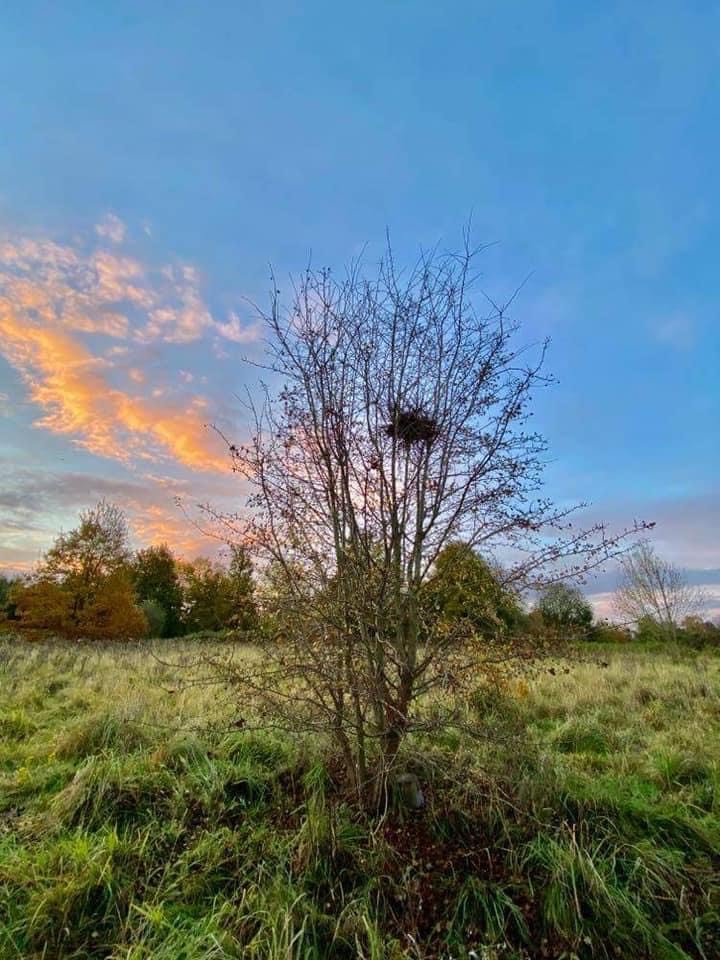According to Celtic folklore, a lone Hawthorn tree growing in the middle of a field is a fairy tree. This tree is the gateway between the mortal world and the otherworld of the fairies. The magical folk are very protective of their portal and, as legend has it, will severely punish those who damage or cut down their tree. A single hawthorn should be treated with much respect and some suspicion. It is thought to be auspicious, bringing good fortune and prosperity to the land, but must never be cut or harmed for fear of inciting the wrath of the fairies. It is a sacred meeting place for the fairies and they are said to have been seen dancing around the tree at midnight. It is often located near to an archeological site, well or spring and its magic is hidden deep within the earth surrounding it. It is said that the fairies bury their pots of gold under the hawthorn but you must never disturb the ground or take a nap in its shade as you may be whisked off to the fairy realm, unlikely to ever find your way back.
Hawthorn is distinguished by its sharp, woody thorns and serrated leaves. Wands made of hawthorn are said to be extremely powerful and Maypoles were originally made from its wood; it was also said that witches made their brooms from its branches.
Blooming in spring, the hawthorn is associated with the ancient festival of Beltane. At this time the tree is covered with clusters of flowers in shades of white or pink, depending on the variety, but don’t be tempted to bring a bough of these beautiful blooms into the house as it’s considered to be very bad luck.Even today there is a reverence for Fairy Trees. Highway Construction workers in Ireland, have been known to divert the course of roads so as to leave a single hawthorn standing. Take heed MMU, keep off our fields or we’ll set the fairies on you!
Our Ryebank Fields Fairy tree can be found on the northern field just beyond the Nico Ditch.
